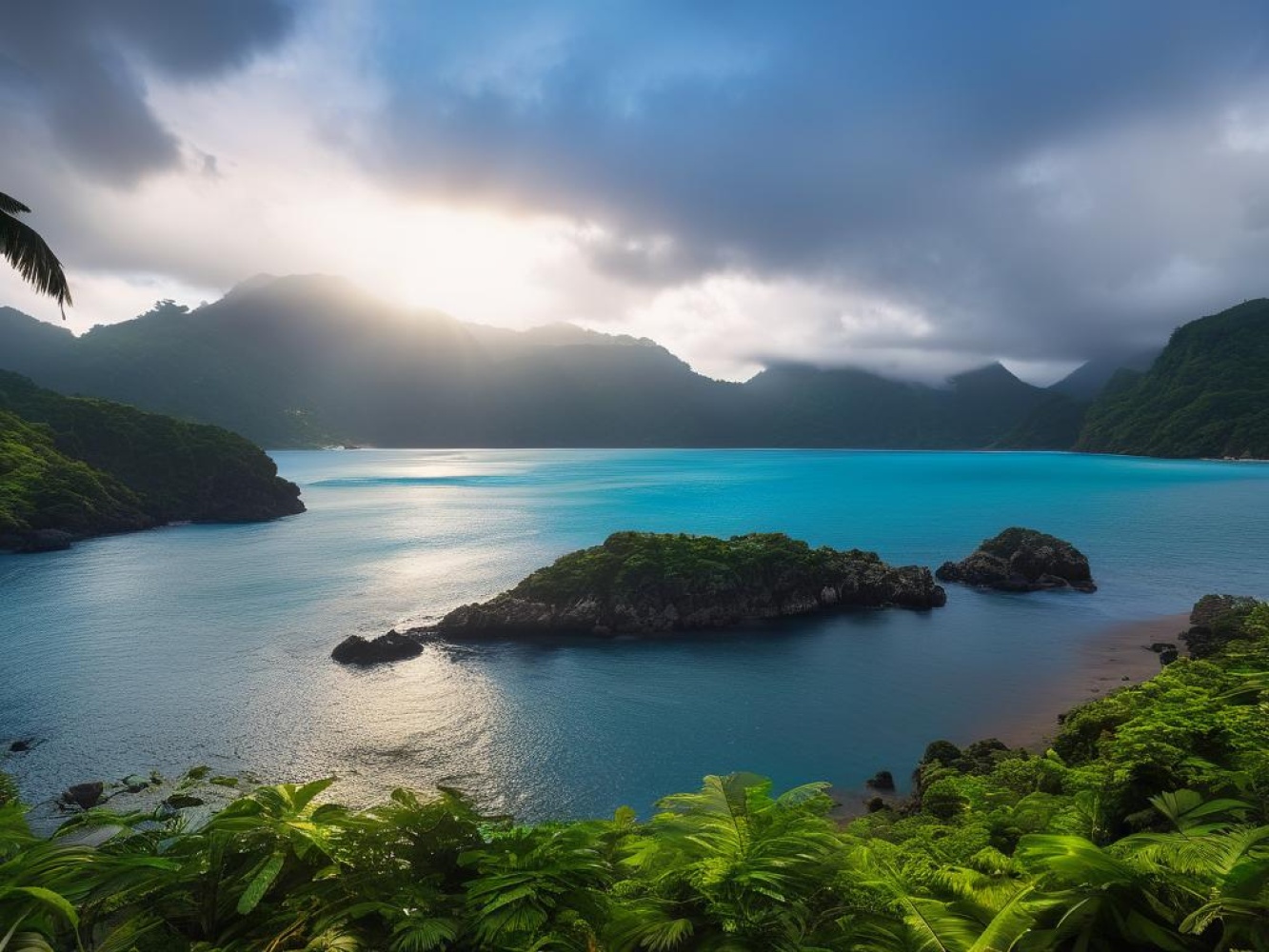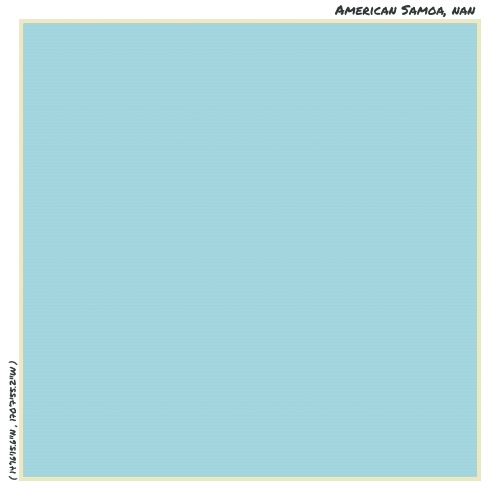Understand
American Samoa is a group of islands in the South Pacific, filled with rich history and natural beauty. With a population of 57,496, according to the July 2008 estimate, it is a vibrant and lively place to visit. These islands were frequently referred to as Samoa, which is actually the name of a separate and independent country, that used to be known as Western Samoa. Samoa lies only about 100km west of American Samoa. The whole island group, including Samoa, is often identified as the Samoan Islands. Samoa was settled as early as 1000BC by Polynesian navigators, and European explorers reached the islands in the 18th century. The 19th century saw international rivalries over these islands, which were settled by an 1899 treaty dividing the Samoan archipelago between Germany (later Britain) and the US. The US formally occupied its portion in the following year, which included the eastern islands with the excellent harbor of Pago Pago. The climate of American Samoa is warm, humid, and rainy year-round. The island experiences a long, wet summer season from October to May, followed by a slightly cooler and drier season from June to September. The annual rainfall is abundant, with 125 inches at the Tafuna airport and over 200 inches in mountainous areas. The majority of the land in American Samoa is communally owned, and the economy is strongly linked to the US. Tuna fishing and processing are dominant industries, with canned tuna being the primary export. Monetary transfers from the US Government also contribute significantly to the economic well-being of American Samoa. The government of American Samoa is headed by the Governor, and the territory is administered by the Office of Insular Affairs, U.S. Department of the Interior. The constitution of American Samoa was ratified in 1966 and came into effect in 1967. American Samoa shares a traditional village political system with independent Samoa, known as "fa'amatai" and "fa'asamoa." The "fa'amatai" represents language and customs, while the "fa'asamoa" encompasses the protocols of the council ("fono") and the chief system. These systems operate at all levels of the Samoan body politic, from the family to the village, and even on regional and national matters. When exploring American Samoa, you won't find precise addresses. Instead, everything is described by village and further landmarks, adding to the unique charm of the islands. For more information, you can visit the [a href="http://www.americansamoa.travel"]American Samoa Visitors Bureau[/a] located at Level 1, Suite #200, Haleck Center, Corner Ottoville Rd & Ili'ili Rd, Ottoville, Pago Pago. You can also reach them at +1 684 699-9805 (Fax: +1 684 699-9806).
Get in
American Samoa, as an Unorganized territory, is a destination that offers a distinct and exclusive experience. Due to its special status, it lies outside federal immigration and customs jurisdiction. This means that even if you are a citizen of the United States or eligible for the visa waiver program, TN Status, or Compact of Free Association, you will need to ensure you have certain documents. All visitors, including US Citizens, must have a valid passport that is valid for at least six months or more. Additionally, you will need a return ticket or onward ticket to show proof of your planned departure. It is also important to have enough funds to support your stay and create unforgettable memories in this remarkable corner of the world. It's worth noting that a passport is always required, even for US citizens, to enter American Samoa.]



Comments
NO COMMENTS